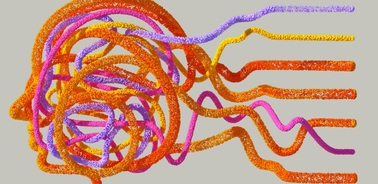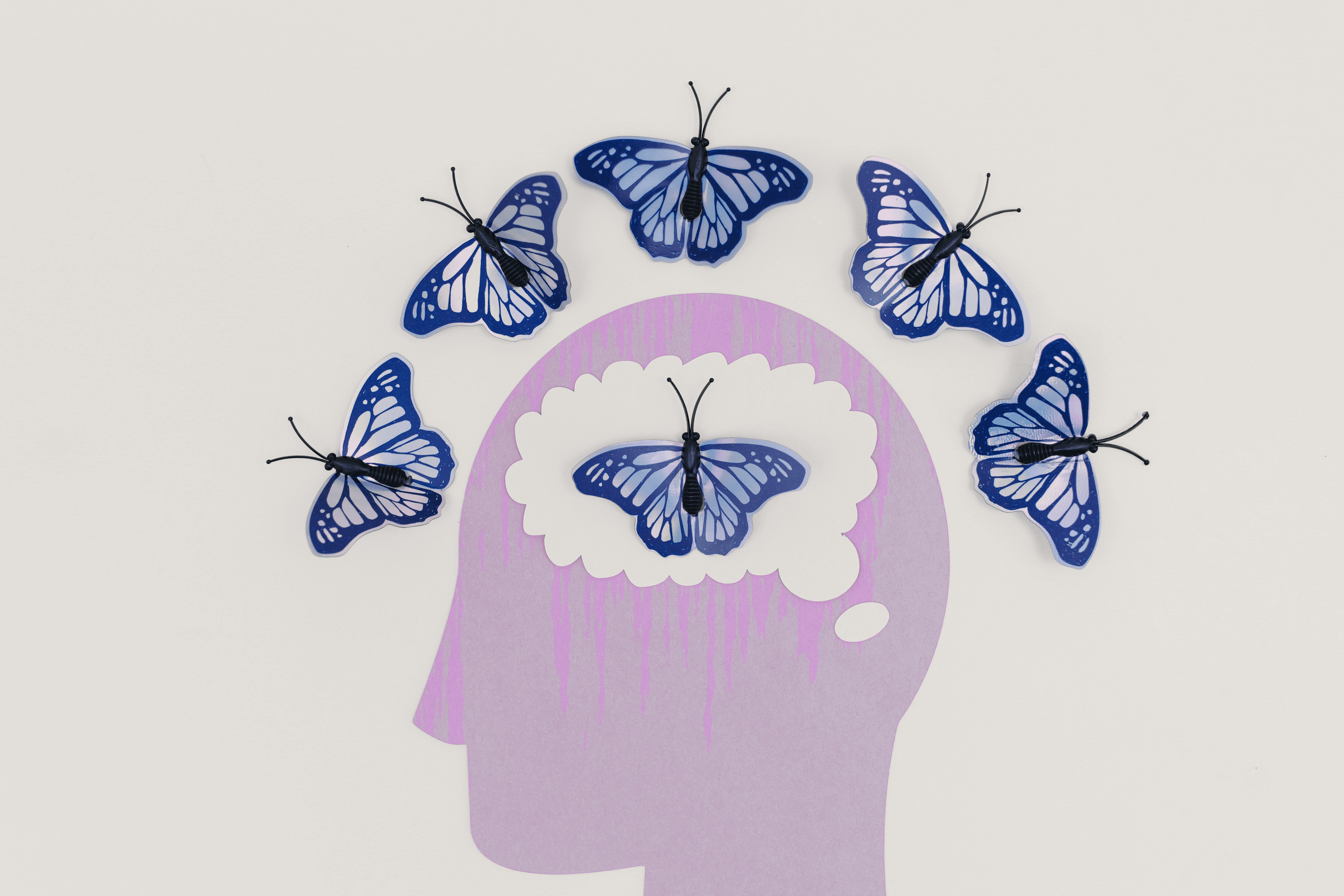Neuroscience of Safety: How Polyvagal Theory Reshapes Well-Being

It is well-documented that the autonomic nervous system plays a central role in regulating both our physiological and emotional states. Traditionally, science has described this system as having two main parts: the sympathetic nervous system, which triggers the fight-or-flight response, and the parasympathetic nervous system, which promotes relaxation and recovery.
Polyvagal theory, developed by Dr. Stephen Porges (2023), expands on this model by highlighting the two functionally distinct branches of the vagus nerve, part of the parasympathetic system. The ventral vagal pathway supports social engagement, emotional regulation, and well-being, while the dorsal vagal pathway is linked to shutdown responses under extreme stress. These systems interact in complex ways to shape our emotions, behaviors, and even physical health.
As such, polyvagal theory provides a useful framework for integrating physiological and cognitive treatments to help improve our moods and behaviors. In simple words, evidence suggests that when we feel safe and relaxed, our nervous system better supports our health and well-being while at the same time promoting creativity and social interaction.
Understanding the vagus nerve
The vagus nerve represents the longest nerve in the autonomous nervous system (the longest of the 12 cranial nerves). It behaves as our internal control mechanism, helping the brain monitor and regulate bodily functions, such as heart rate, blood pressure, temperature, and digestion.
As the main nerve of the parasympathetic nervous system, the vagus nerve receives information from the outside world and communicates it to the brain. This results in the activation of one of three physiological responses. These are described by Deb Dana (2018) as a three-tiered “autonomic ladder”:
The ventral vagal response: When we feel safe and comfortable, our breathing is calm, our heart rate steady, and our muscles relaxed. It promotes well-being and health, and is the state in which we are the most creative and social.
The sympathetic (fight or flight) response: This kicks in when we’re facing danger or a threat. It increases our heart rate and breathing, and our muscles become more tense. While this is helpful in avoiding dangerous situations, overactivation can leave us feeling anxious, stressed, and overwhelmed.
The dorsal vagal response: When we feel the most threatened, our nervous system can go beyond the fight or flight response into a “freeze” reaction. This extreme response triggers dissociation, immobilization, and energy conservation in the face of an inescapable threat.
While ventral vagal activation fosters health and resilience, excessive dorsal vagal activation can lead to metabolic shutdown and emotional withdrawal. Understanding these dual roles helps inform therapeutic approaches that enhance ventral vagal activity while mitigating the negative effects of dorsal vagal dominance.
Implications for well-being
Porges introduces the concept of neuroception, an unconscious process that detects cues of safety or danger and triggers the appropriate autonomic state. A well-regulated ventral vagal system enables individuals to navigate everyday situations comfortably. However, Porges suggests that trauma and chronic stress can disrupt this balance, leading to hypervigilance or shutdown responses.
In the early 2000s, researchers began to explore whether stimulating the vagus nerve could help alleviate severe depression. They found that the treatment promoted relaxation, reduced stress responses, and enhanced mood regulation by influencing the autonomic nervous system and neurotransmitter activity.
In 2005, the US Food and Drug Administration approved the use of pulse-generating devices that stimulate the vagus nerve for treating patients with severe depression. There is also emerging evidence to show that vagus nerve stimulation helps with treating post-traumatic stress disorder (PTSD), autoimmune diseases such as rheumatoid arthritis, epilepsy, and even diabetes.
Acupuncture and the vagus nerve
Further scientific evidence for the potential health implications of a polyvagal approach can be found in the traditional practice of acupuncture. Acupuncture’s effectiveness in promoting relaxation, reducing stress, and improving overall health is closely tied to its ability to regulate the autonomic nervous system.
According to research conducted by Li, et al, published in the 2022 article “The autonomic nervous system: a potential link to the efficacy of acupuncture,” one of the mechanisms of acupuncture is the activation of the vagus nerve. Stimulating specific acupuncture points has been found to enhance vagus nerve activity, which in turn reduces stress-related inflammation and supports cardiovascular and digestive health. Specifically, acupuncture has been shown to lower blood pressure, improve heart rate variability, and regulate digestion by influencing the vagus nerve’s control over these systems.
Additionally, acupuncture affects key brain regions involved in autonomic control, such as the hypothalamus and the prefrontal cortex. These areas regulate heart rate, stress responses, and even pain perception. The treatment also works on the nucleus tractus solitarius, which is linked to the activity of the vagus nerve. Thus, acupuncture works in conjunction with the vagal pathway to improve emotional well-being and stress regulation.
The parasympathetic nervous system fix
For those looking to improve their autonomic regulation with home practices, there are a variety of techniques that can help reinforce parasympathetic activity. Research highlights that structured routines, mindful movement, and neuroplasticity-driven practices can reset the nervous system and optimize function.
Erin Tietz suggests a comprehensive routine for nervous system regulation, designed to promote relaxation and well-being through vagus nerve stimulation:
Morning activation: Diaphragmatic breathing and gentle movement practices like tai chi or qigong stimulate the vagus nerve, helping regulate heart rate and blood pressure. Early sunlight exposure further supports circadian rhythm alignment and parasympathetic function.
Evening recovery: Sleep hygiene practices, including reducing blue light exposure and using a weighted blanket, promote deep relaxation. Progressive muscle relaxation and magnesium-rich nutrition aid in calming the nervous system before sleep.
Heart rate variability (HRV) training: Coherent breathing combined with mental imagery, such as visualizing ocean waves, enhances parasympathetic tone.
Pain and stress management: Guided meditation has been shown to recalibrate neural pathways, reducing chronic pain and anxiety.
Proprioceptive training: Barefoot walking on uneven terrain and techniques like tai chi enhance body awareness, reducing sympathetic overactivity.
Interoception practices: Heart-focused meditation and mindful eating strengthen the gut-brain connection, supporting vagal activation and digestion.
Self-myofascial release: Applying deep, slow pressure with foam rollers or massage balls on areas like the diaphragm and jaw can help release stored nervous system tension.
Vagal toning techniques: Singing, humming, and even gargling stimulate the vagus nerve, enhancing parasympathetic activity.
Applying polyvagal theory for well-being
By integrating these scientific insights into daily life, we can actively support nervous system regulation and overall well-being. Simple practices like mindful breathing, movement-based therapies, and vagus nerve stimulation can enhance parasympathetic activity, reducing stress and improving resilience. These strategies create a holistic approach to autonomic balance, which in turn promotes long-term health. When our ventral vagal pathway is active, we feel more calm, creative, social, and able to deal with everyday stress, leading to more productivity and success.
Sources
Erin Tietz (n.d.). The parasympathetic nervous system fix. DailyOM. Retrieved February 27, 2025, from https://www.dailyom.com/courses/the-parasympathetic-nervous-system-fix/
